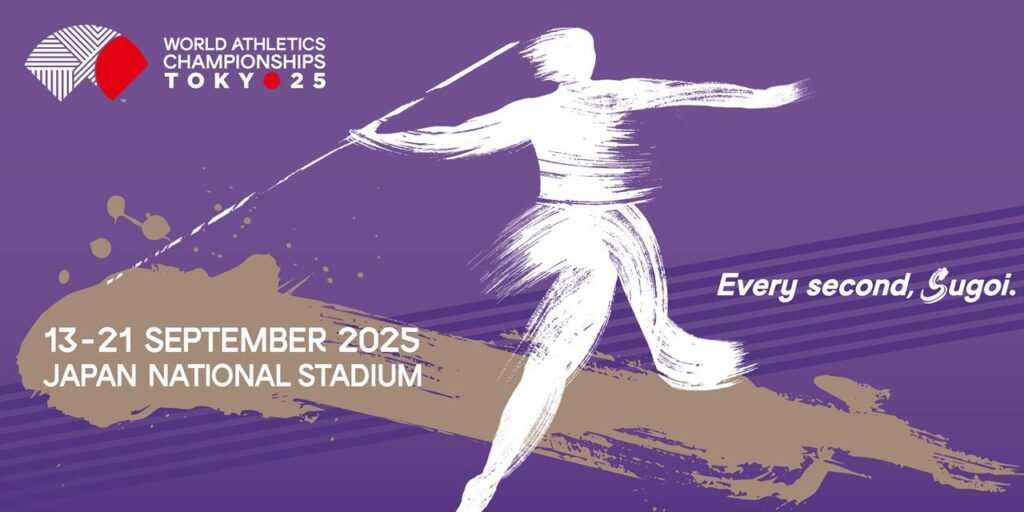As athletes and spectators converge on Tokyo for the World Athletics Championships, concerns over soaring temperatures have taken center stage. With summer heatwaves gripping the city, questions arise about the impact of extreme heat on performance, safety, and scheduling of events. This article examines whether the Tokyo World Athletics Championships are facing challenges brought on by the sweltering conditions, and what measures organizers are implementing to protect competitors and ensure a fair contest.
Heat Challenges Impact Athlete Performance and Safety at Tokyo Championships
The sweltering heat during the Tokyo World Athletics Championships has forced organizers and athletes alike to rethink their strategies. With temperatures soaring above 35°C and humidity levels reaching nearly 80%, the risk of heat-related illnesses such as heatstroke, dehydration, and muscle cramps has become a pressing concern. Athletes have reported difficulties in maintaining peak performance under such harsh conditions, prompting some teams to adjust training regimes and employ advanced cooling techniques before, during, and after their events.
Key factors influencing athlete safety and performance include:
- Extreme humidity impairing sweat evaporation and natural cooling
- Increased cardiovascular strain leading to quicker fatigue
- Reduced endurance levels, especially in long-distance events
- Necessity for enhanced medical monitoring and hydration protocols
| Event | Average Temperature (°C) | Heat-Related Withdrawals |
|---|---|---|
| Marathon | 36.5 | 4 |
| 50km Race Walk | 34.2 | 3 |
| 10,000m | 33.8 | 2 |
Organizers Implement Cooling Strategies Amid Record-Breaking Temperatures
In response to the soaring mercury levels experienced during the Tokyo World Athletics Championships, organizers have rolled out an array of innovative cooling measures aimed at safeguarding athlete performance and spectator comfort. These initiatives include the installation of state-of-the-art mist fans around key competition zones, shaded rest areas equipped with cooling mist systems, and the distribution of cooling towels to all participants. Event venues are also featuring strategically placed hydration stations offering electrolyte-rich beverages to combat dehydration under the intense heat.
Additionally, organizers have adjusted competition schedules to avoid peak afternoon temperatures, opting for early morning and late evening event timings wherever feasible. This approach is supported by extensive weather monitoring and heat index assessments to dynamically adapt event logistics. Below is a summary of some of the primary cooling strategies currently in implementation:
- Mist fan arrays near marathon and track routes
- Shaded rest zones with evaporative cooling technology
- Hydration stations featuring water and electrolyte drinks
- Heat-adaptive scheduling to dodge the hottest hours
- Medical tents staffed with heatstroke specialists
| Measure | Purpose | Effectiveness |
|---|---|---|
| Mist Fans | Lower ambient temperature | High |
| Hydration Stations | Prevent dehydration | Very High |
| Technique | Benefit | Recommended Use |
|---|---|---|
| Hydration Monitoring | Prevents dehydration and cramps | Before & during events |
| Heat Acclimatization | Improves thermal tolerance | Weeks prior to competition |
| Cooling Breaks | Reduces core body temperature | Between heats/races |
| Electrolyte Intake | Maintains muscle and nerve function | Throughout event day |
In Conclusion
As the Tokyo World Athletics Championships draw to a close, the debate over extreme heat conditions remains a critical concern for athletes and organizers alike. While efforts to mitigate the impact have included schedule adjustments and enhanced medical support, the challenge of competing under soaring temperatures continues to highlight the urgent need for improved heat management strategies in global sporting events. Moving forward, the lessons learned in Tokyo will undoubtedly influence how future championships address the balance between athlete safety and performance in a warming world.





